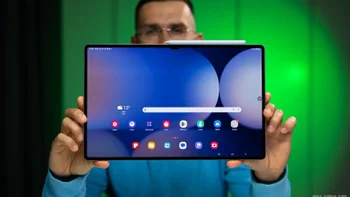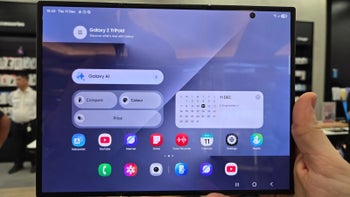Smartphones expected to push global eCommerce to $11.4 trillion by 2029

A recent study done by the Juniper tech analysts suggests that the global eCommerce market could skyrocket to $11.4 trillion by 2029, just five years from now. What's impressive is that this projection would be possible not due to specific sales sectors but because of the rise of innovative payment methods.
The market is expected to grow by 63% from $7 trillion in 2024 and is largely being propelled by the adoption of alternative payment methods: the so-called APMs. These methods are helping consumers in regions where traditional credit card use is less common to engage in online shopping.
APMs, defined as methods of transferring funds without relying on cards or cash, include digital wallets and direct account-to-account payments.
The report forecasts that by 2029, roughly 360 billion eCommerce transactions will be conducted through APMs, accounting for over two-thirds (69%) of all transactions. Juniper predicts that this shift will create a more inclusive online marketplace, enabling individuals in emerging markets, particularly those without traditional banking access, to participate in online shopping.
The change is being fueled by factors such as increased smartphone and internet access, coupled with consumers’ demand for more diverse payment options that suit their needs. That's only natural, but what I'm personally interested in is how the banking industry will react and what kind of fees will they impose to compensate for all those users who'll be slipping past them without using a credit card.
However, using only your smartphone – and not a banking product – to sell and buy stuff from all over the world will be so much more fun. In essence, smartphones with alternative payment methods are like having a financial Swiss Army knife in your pocket – compact, versatile, and ready for anything on the go. So, wave goodbye to the clutter of traditional credit cards and say hello to the sleek, smart future of payments!
Moreover, tailoring payment options to specific locations and demographics could help businesses distinguish themselves from the competition.
The report forecasts that by 2029, roughly 360 billion eCommerce transactions will be conducted through APMs, accounting for over two-thirds (69%) of all transactions. Juniper predicts that this shift will create a more inclusive online marketplace, enabling individuals in emerging markets, particularly those without traditional banking access, to participate in online shopping.
However, using only your smartphone – and not a banking product – to sell and buy stuff from all over the world will be so much more fun. In essence, smartphones with alternative payment methods are like having a financial Swiss Army knife in your pocket – compact, versatile, and ready for anything on the go. So, wave goodbye to the clutter of traditional credit cards and say hello to the sleek, smart future of payments!
Looking ahead, payment service providers aiming to stay competitive will likely prioritize APMs, while online retailers will need to integrate these payment methods at checkout to attract and retain customers.
Moreover, tailoring payment options to specific locations and demographics could help businesses distinguish themselves from the competition.
Follow us on Google News











Things that are NOT allowed:
To help keep our community safe and free from spam, we apply temporary limits to newly created accounts: